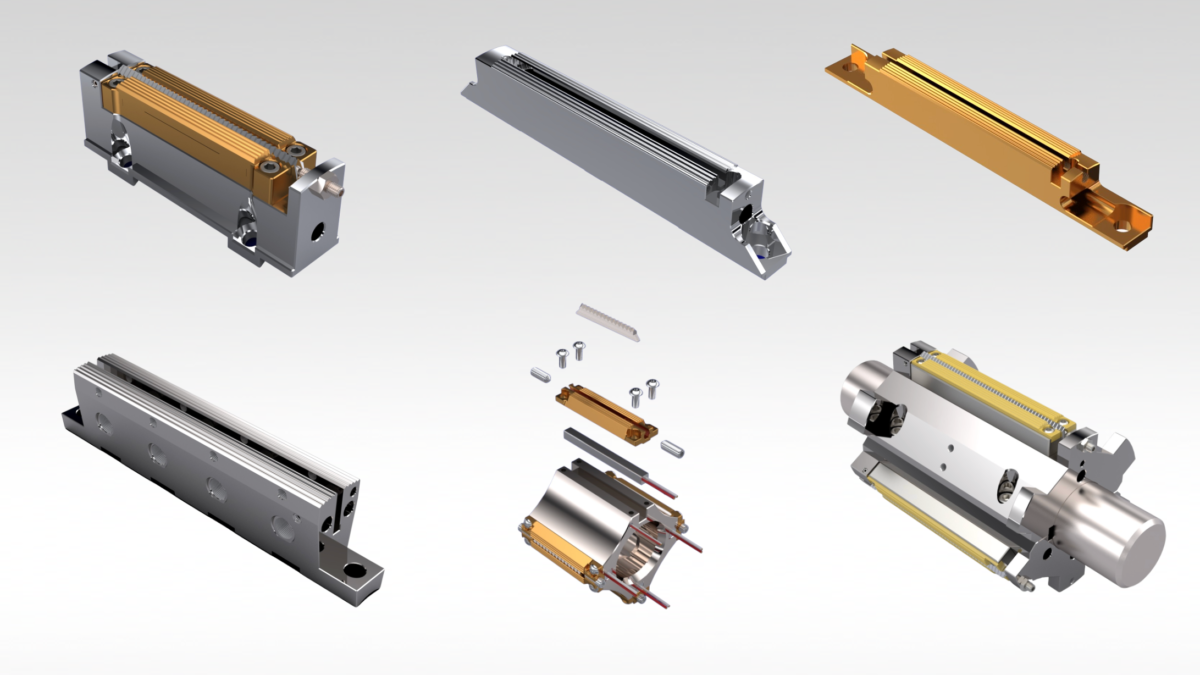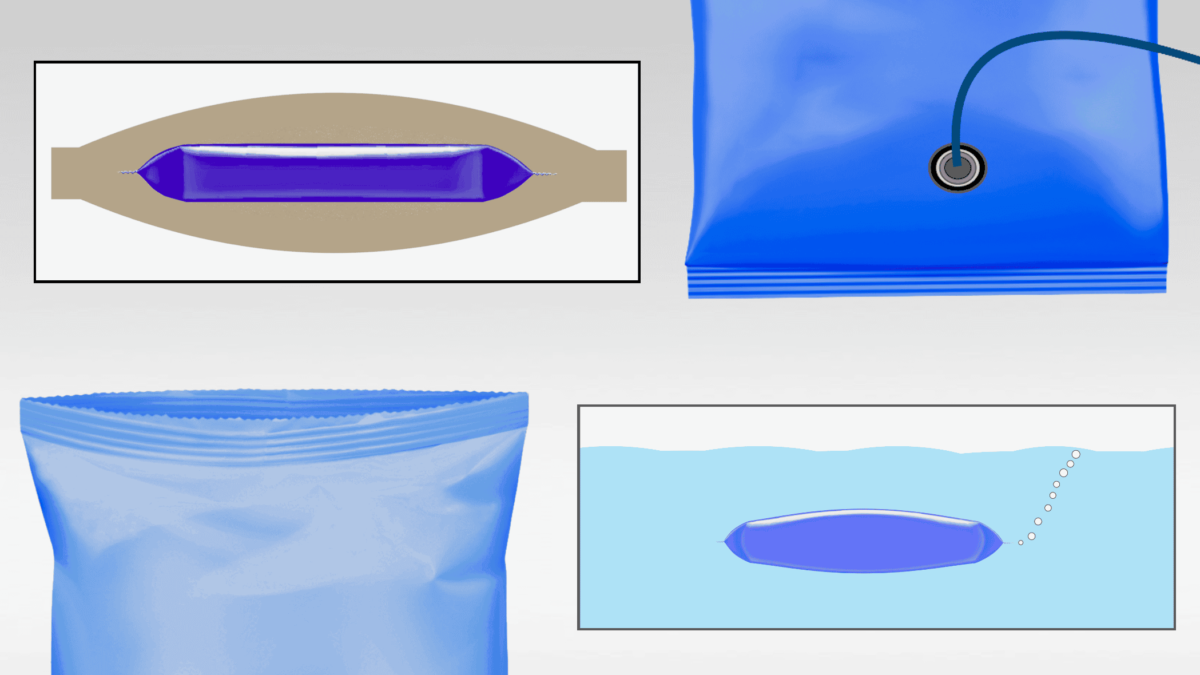Are you consistently meeting your standards for package seal integrity and production speeds on your flow wrappers and vertical baggers? This Greener Tech Bite explains causes and solutions for a common package sealing problem where high integrity seals are required—the unsealed gap where the lap seal or fin seal intersects the end seal, sometimes referred to as the “Triangle of Death.”
For anyone who has struggled to seal these gaps, this nickname is no exaggeration.
Package Geometry
On a typical package, the end seal thickens from two to three layers where the vertical sealing overlaps, or from two to four layers where the fin seal folds over. On packages with gussets this transition occurs multiple times, creating, in effect, a series of plateaus and abrupt valleys.
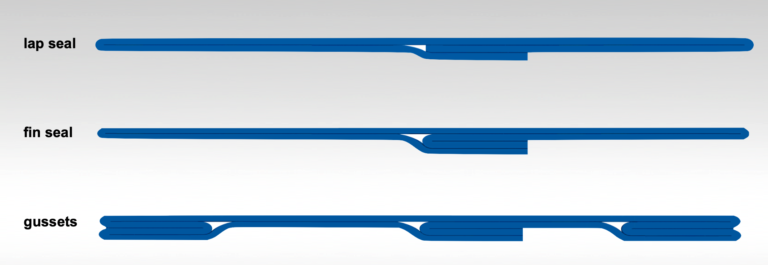
Packaging Material Structure
To consistently seal the gaps created at these transition points, the structure of your flexible packaging material must be appropriate for your package geometry, required machine speeds, and other conditions.
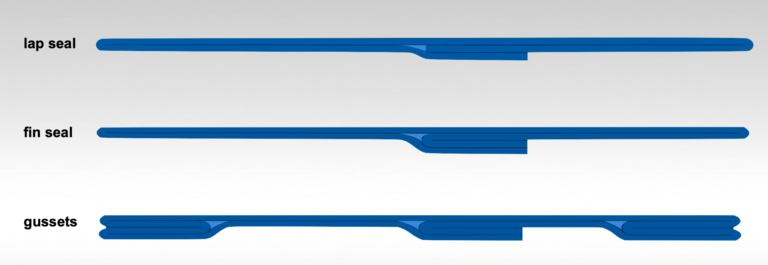
The Sealing Process
But limitations within the sealing process can cause leaks at the Triangle of Death to persist.

Temperature Cycles
As explained in our previous Tech Bite, sealing jaw temperatures fluctuate as each package is sealed, and temperatures vary more widely if production slows down or is interrupted.

Seal Range
Machine speeds are limited by the need to keep these temperature cycles within the seal range of your packaging material.

Heat, Pressure, and Time
With adequate heat, pressure, and dwell time, sealant layers designed with the necessary mass and flow properties—shown here in yellow—can flow into and seal off the Triangle of Death.
But sealing jaw temperatures must remain below the point where they distort or melt the exterior packaging material layers, shown here in blue.

Sealing pressure helps to move sealant into these gaps, but too much pressure can crush or split the seal, especially at thicker sections where the lap seal, fin seal, or gussets intersect
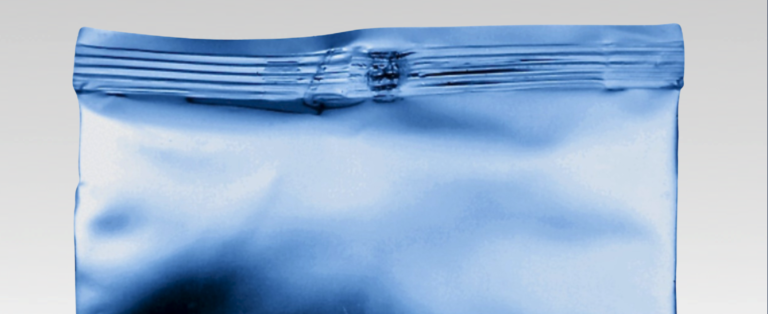
It can be difficult to sustain the balance of heat and pressure required to seal these gaps while also maintaining required machine speeds.
Sealing Jaw Design and Setup
Here’s where improving the design and setup of your sealing jaws can help you seal the Triangle of Death.
Dura-Therm
Jaws made from Dura-Therm, a highly conductive alloy, reduce temperature cycles so you can maintain seal quality at higher speeds.
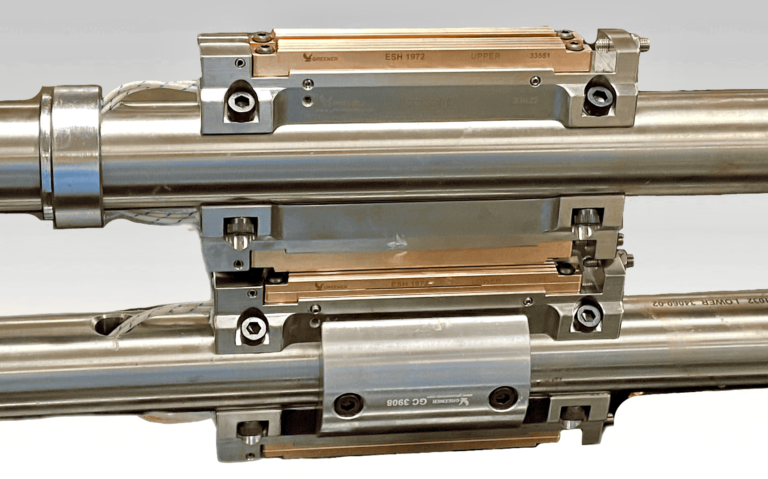
Serration Pattern
Sealing jaw serration patterns are not universal; your serrations should be designed to optimize sealing pressure and heat transfer for your specific packaging conditions.
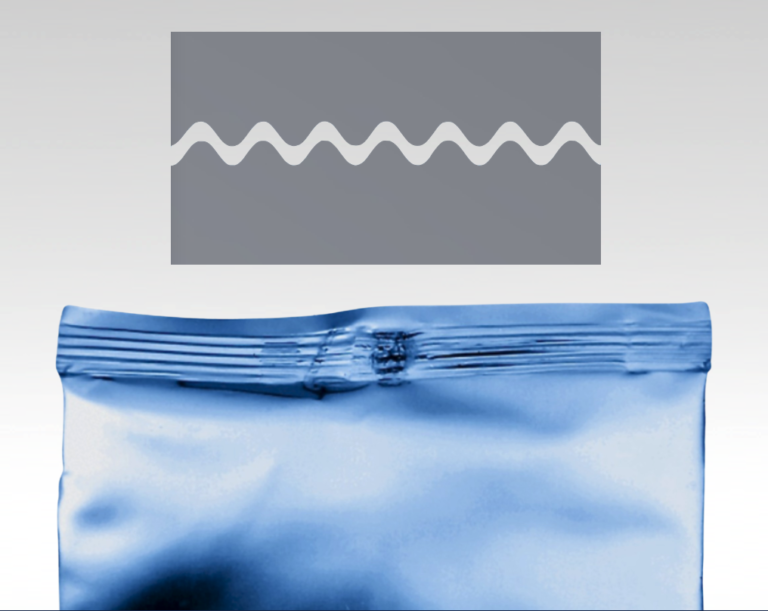
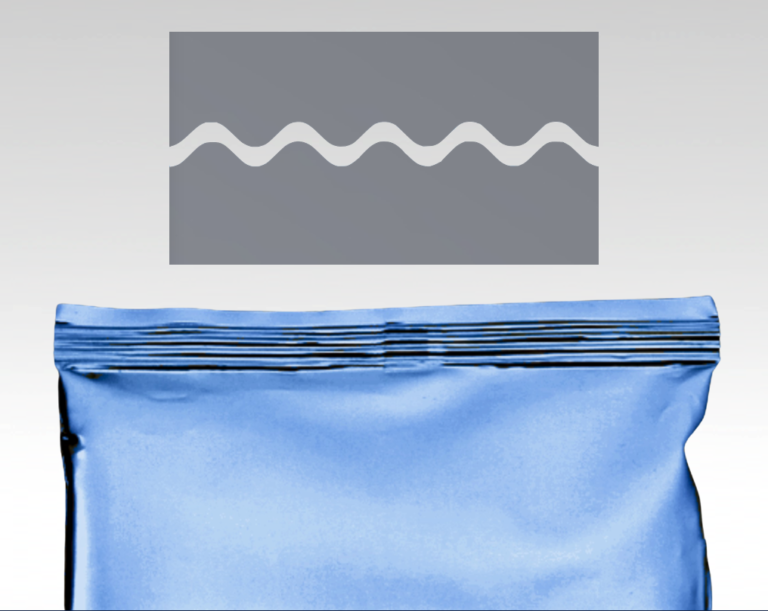
Easy Seal™ FLEX
Easy Seal™ FLEX Jaws accommodate the extra thickness at the fin seal fold to further optimize sealing pressure and heat.
Setup Procedures and Training
Once you determine the optimal sealing jaw design for your application, establish proper sealing jaw setup procedures and provide training to consistently produce high-quality seal packaging.
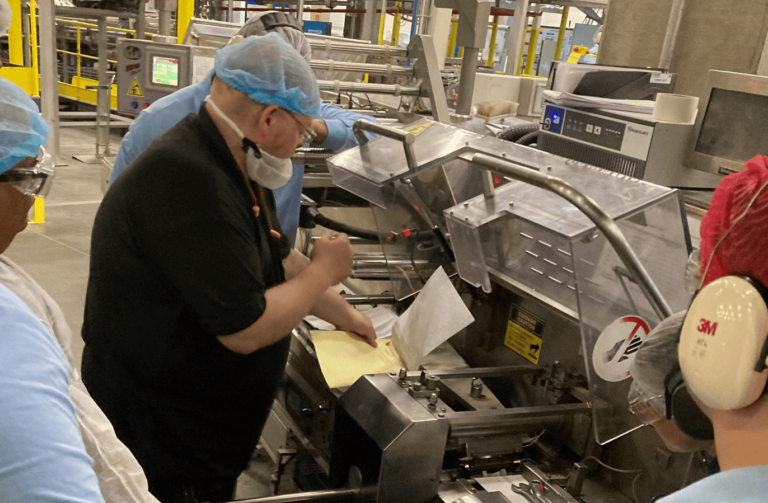
If you experience leakers at the Triangle of Death, consult with our experts at Greener corp about packaging material specifications, sealing jaw designs, and setup procedures for your flow wrappers and vertical baggers.
Greener Corporation provides integrated parts and technical service solutions worldwide.

